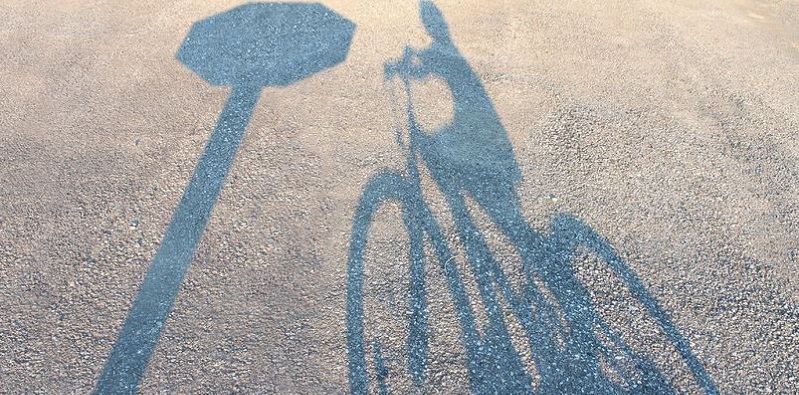Traffic accidents took the lives of 84 pedestrians and 16 bicyclists in Colorado last year. Here are several whimsical suggestions that could potentially prevent accidents and save lives.
Flashing lasers, tech-linked bicycle bells, and glowing pavement are some things that may someday help prevent a Colorado bicycle accident and let everyone walk and ride in greater safety.
Those are a few of the ideas to win $10,000 to $75,000 and move a step closer to reality in the RoadX Bicycle and Pedestrian Challenge. RoadX, the Colorado Department of Transportation’s special unit for innovation, recently announced the winners. As whimsical or just insignificant as some might seem, they could save lives.
Colorado, known everywhere for its beautiful landscapes, saw at least 901 pedestrians die from accident injuries between 2002 and 2016. Of those, 84 people died in 2016 alone. They were 13.8 percent of the total 607 roadway deaths reported to CDOT during the period.
In a stark contrast, 155 Colorado bicyclists died between 2002 and 2016, 16 of them in 2016, about 2.6 percent of the whole. Although riding a bike is inherently more risky than walking, the number of pedestrians far outweighs the number of bicyclists and skews how the numbers might be seen.
From Innovation to Implementation
The developers of each of these ideas win a $75,000 prize to build a working proof of their concepts. After eight months, the team that produces the best working technology will take away $150,000 to continue developing its idea. The runner-up wins $50,000 and third place gets $25,000.
The winners of the RoadX Do-athon are:
- Smart bells. The proposed Liberty Bell system will collect data about problem areas bikers and walkers encounter anywhere in the state. The tech is linked to mounted or handheld bicycle bells that users ring when they encounter potholes or other hazards. Devices connected to the bells will record the hazard location, time, and other information added by the users. State Department of Transportation officials would use the computerized mapping data to show where the biggest problems are and where to make high-priority repairs and changes.
- A big footprint for bikers and walkers. The Big Foot system would protect people on the street with sensor towers linked to LED pavement markers in Colorado’s high-risk intersections. The pavement markers will light up ahead of bikers, giving them a bigger “footprint” or presence in drivers’ eyes.
- Covering pavement with tech. The ColorRoadie system would go so far as to replace or cover the pavement in high-risk areas with solar-powered, hexagonal light panels. They’ll light up underneath walkers and bikers wearing special radio-tagged bracelets.
Idea-thon for Inspired Ideas
The contestants who submitted these imaginative ideas each won $10,000:
- Laser warning lights. These “diffractive optic lasers” are intended to shine 3-foot arcs of bright red light at a bicycle’s front and back. It should make riders more visible to motorists at any hour of the day or night and marks a safe passing distance between them.
- Early detection systems. The bicycle early detection system uses radio frequency Identification (RFID), the same tech used in some retail anti-shoplifting tags and labels, and electronic keycards. When a bicycle rider wearing a helmet with a RFID sticker comes near a smart road signal, a radio beam bounces off the sticker and back to the sign. It lights up, warning nearby traffic that a biker is ahead in a busy intersection or other high-risk place.
- An online review. The simple idea amounts to a change in Colorado drivers’ license rules requiring license renewal applicants to review the pedestrian and bicyclist safety section of the state’s driver handbook in an Internet-based presentation.
- More smart signs. Two more ideas involving smart street signs and signals won the $10,000 prize. Two shine bright, flashing light on pedestrians and bicyclists at night. One, though, seeks to replace all streetlights and has more features: an infrared sensor array to detect people and animals, and bright LED warning signs that light up in their presence. The system will also send signals to smart cars of the near future using short-range radio signals.

